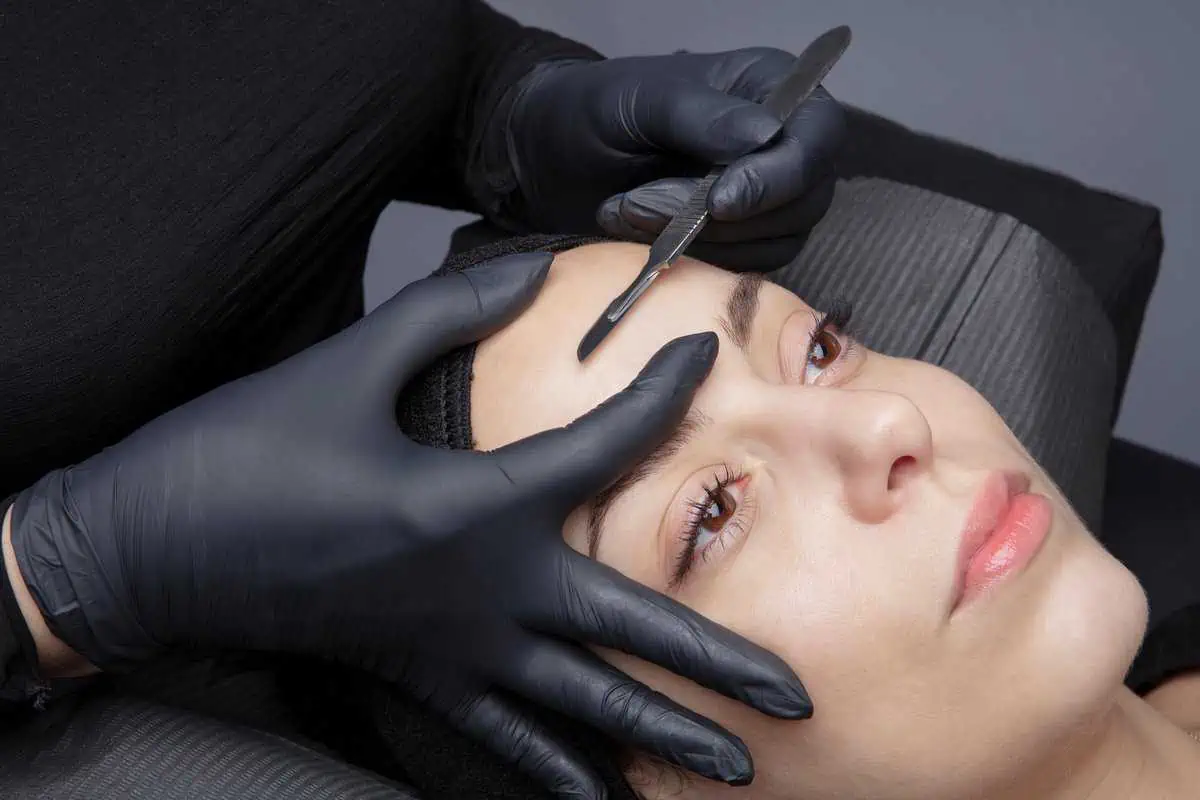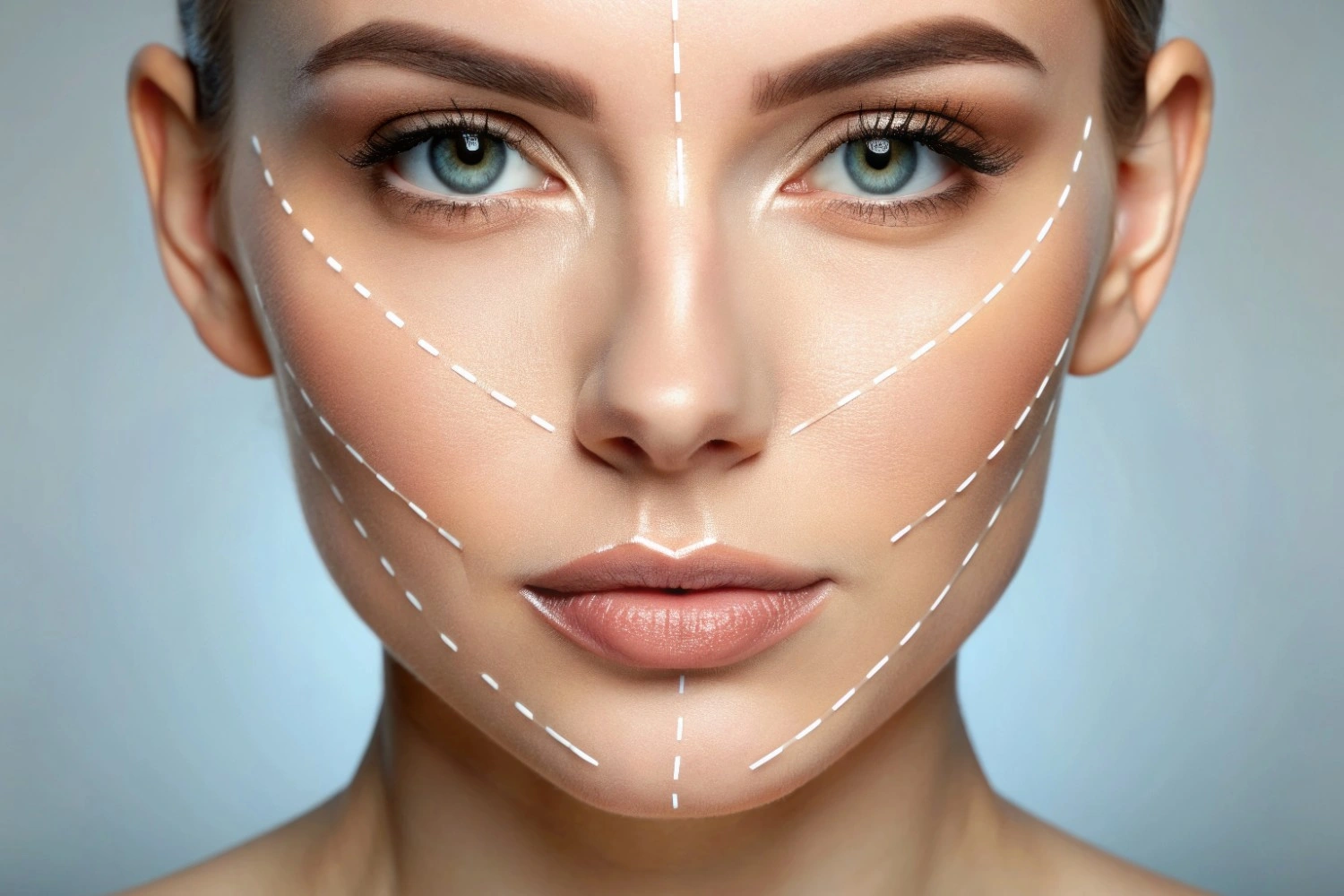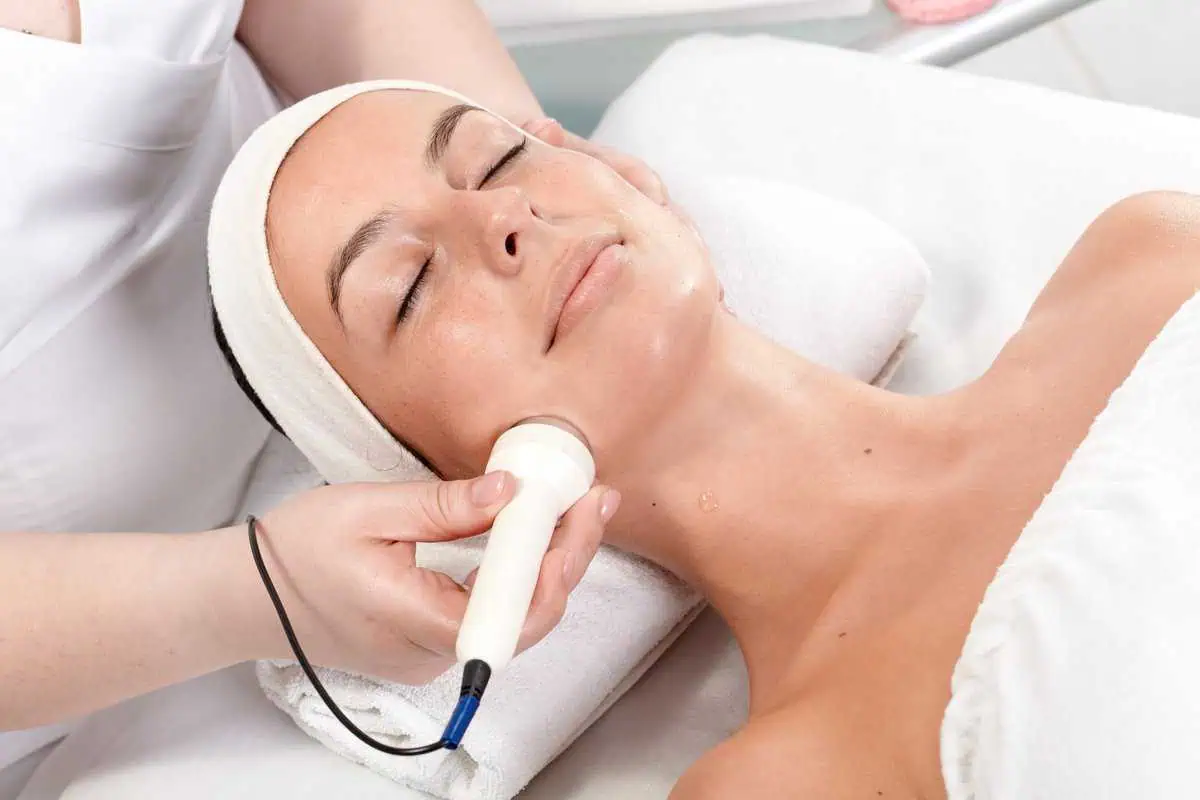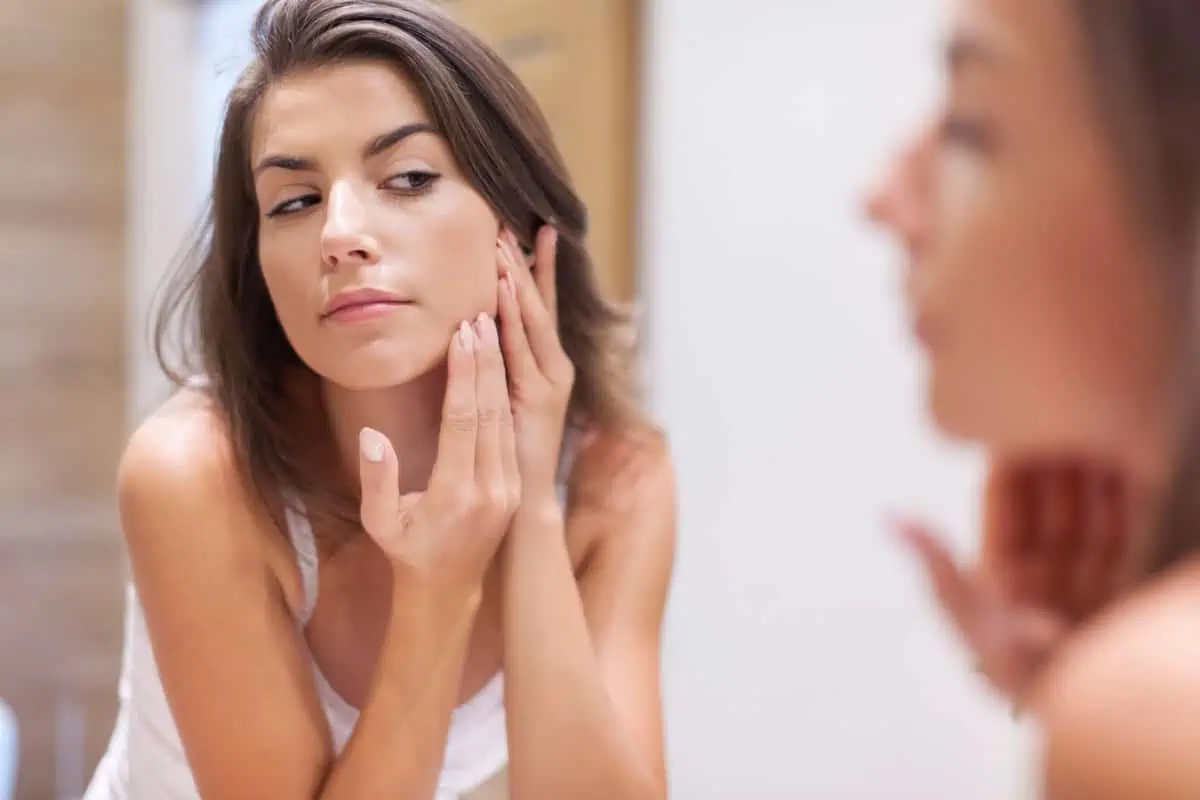Dermaplaning, a skincare procedure that involves carefully removing the top layers of skin, has recently risen to prominence in beauty and skin health. This surge in popularity has led to a growing interest among those eager to refine and rejuvenate their skin. However, with its rising popularity comes a pivotal question that stands at the forefront of discussions among skincare enthusiasts and professionals: Can dermaplaning be universally applied across skin types?
What is Dermaplaning?
Dermaplaning is a skincare technique that has been gaining traction for its ability to refresh and rejuvenate the skin. It’s a relatively simple concept. A qualified professional employs a sterile, surgical-grade dermaplaner scalpel to meticulously remove the uppermost layer of epidermal cells and vellus hair, colloquially referred to as ‘peach fuzz,’ from the facial region.
What sets dermaplaning apart from other exfoliating treatments is its non-invasive nature. There’s no need for harsh chemicals or abrasive scrubs. It’s all about the skillful use of the blade, which, when done correctly, provides a level of exfoliation that’s hard to achieve with over-the-counter products. This method is particularly favored for its dual action – it does not only exfoliate but also removes fine hairs, which can trap dirt and oil, making it a two-fold benefit for your skin.
Why Scraping the Skin Is Not Necessarily a Bad Thing
Scraping the skin might sound harsh, but in dermaplaning, it’s actually a beneficial process. Think of it like this: if regular shaving is about hair removal, dermaplaning is a shaving plus. It removes hair, yes, but it also removes the top layer of dead skin cells. This isn’t as scary as it sounds.
The external layer addressed in this procedure predominantly consists of dead epidermal cells, which can contribute to a lackluster skin appearance and the obstruction of pores.
Dermaplane gently removes this layer, revealing fresher, brighter skin underneath. It’s a controlled, safe way to exfoliate and doesn’t go any deeper than the dead cell layer. So, you’re not harming your skin; you’re helping it. The elimination of these cells facilitates the skin’s natural regeneration process, leading to the formation of new epidermal cells and minimizing acne scars. Plus, your skincare products can work better because they don’t have to get through a layer of dead cells.
Dermaplaning is not about scraping off your skin aggressively. Done professionally, it’s a precise, careful process that rejuvenates your skin without harsh chemicals or abrasive scrubs. So, while the term ‘scraping’ might seem off-putting, in dermaplaning, it’s a gentle yet practical path to better-looking skin.
Dermaplaning and Different Skin Types
Regarding dermaplaning and different skin types, it’s essential to understand how this procedure interacts with each unique skin characteristic. Here’s a breakdown:
- Oily Skin: Those with oily skin may harbor reservations regarding dermaplaning, apprehensive that it might exacerbate oil secretion. Contrary to these concerns, dermaplaning can actually be beneficial for oily skin. The procedure assists in removing accumulated dead skin cells, which are frequently implicated in the blockage of pores and the subsequent development of acne. By clearing these away, your skin can better regulate its oil production.
- Dry Skin: For dry skin, dermaplaning can be a boon. Removing the dead skin layer can alleviate the dullness often associated with dry skin. This also allows moisturizers to penetrate more effectively, providing deeper hydration.
- Combination Skin: Combination skin can significantly benefit from dermaplaning. It addresses the oily zones by removing excess cells that contribute to oiliness, and simultaneously, it can brighten and smooth the drier areas of the face.
- Sensitive Skin: If you have sensitive skin, you might approach dermaplaning cautiously. While it’s generally safe, it’s crucial to have it done by a skilled professional who can tailor the treatment to be gentle on your sensitive areas. Aftercare is also vital to avoid irritation.
- Normal Skin: Those with normal skin types will find dermaplaning a straightforward way to maintain their skin’s health and radiance. It effectively refreshes the skin, keeping it looking bright and smooth.
Dermaplaning can cater to various skin types effectively. However, the key is to ensure it’s performed correctly and followed by appropriate skincare, particularly for sensitive skin.
Benefits of Dermaplaning
Dermaplaning brings many benefits, making it a favored choice for many seeking a brighter and smoother complexion. Here’s what it offers:
- Exfoliation: The foremost advantage of dermaplaning lies in its exfoliative capacity. By meticulously eliminating the outermost stratum of dead skin cells, it unveils an underlying layer of skin that is fresher and more luminous.
- Enhanced Product Absorption: With the top layer of dead skin gone, your skincare products can penetrate more deeply and effectively. This means that your favorite serums and moisturizers are more likely to work better after dermaplaning.
- Smoother Makeup Application: One of the immediate benefits you might notice post-dermaplaning is how smoothly makeup goes on. Removing peach fuzz and dead skin cells creates a smoother canvas for foundation and other products.
- Brighter Skin Tone: Many users report a more radiant skin tone after dermaplaning. This effect is attributable to the removal of dull, dead skin cells that frequently contribute to a fatigued and lackluster appearance of the skin.
- No Downtime: Unlike other skincare procedures, dermaplaning doesn’t require downtime. The absence of required recovery time permits an immediate return to daily activities, rendering it a convenient choice for individuals with demanding schedules.
- Safe for Most Skin Types: When conducted by a trained professional, dermaplaning is considered safe for a wide range of skin types, encompassing both dry and oily skin categories. It’s a gentle procedure that doesn’t involve harsh chemicals or abrasive techniques.
- Hair Removal: While the primary goal of dermaplaning is to exfoliate the skin, a bonus is the removal of vellus hair (peach fuzz). This can help in giving the skin a smoother look and feel.
Takeaway
Ready to experience the transformative benefits of dermaplaning for yourself? Look no further than Tenth Avenue Aesthetics. Our skilled professionals are dedicated to providing you with a safe, comfortable, and effective dermaplaning experience that caters to your unique skin needs. Whether you are seeking a brighter complexion, smoother skin, or simply a refreshing boost to your skincare routine, we’re here to help you achieve your goals. Don’t wait to unveil a fresher, more radiant you. Contact Tenth Avenue Aesthetics today to schedule your assessment and dermaplaning appointment and take the first step towards revitalized skin.








